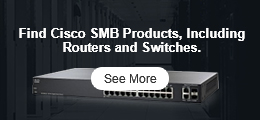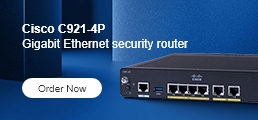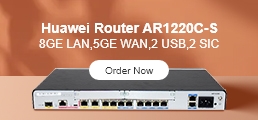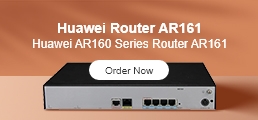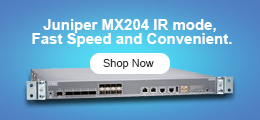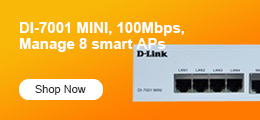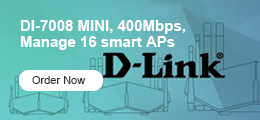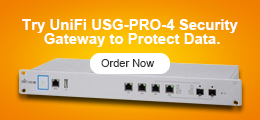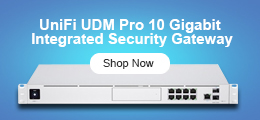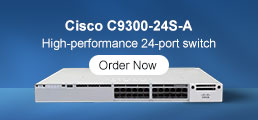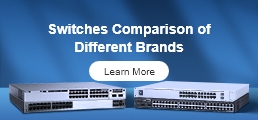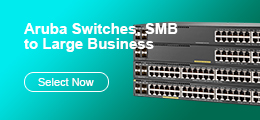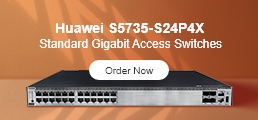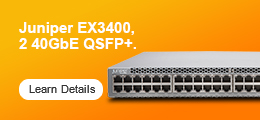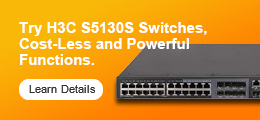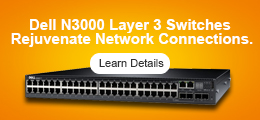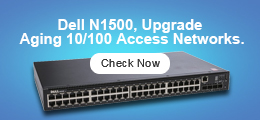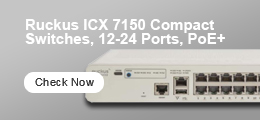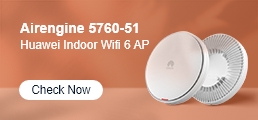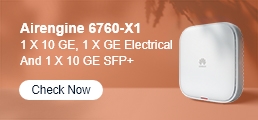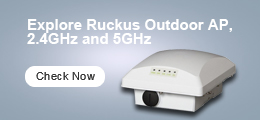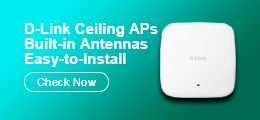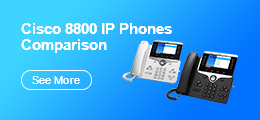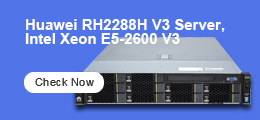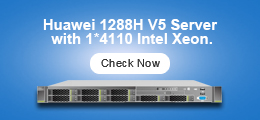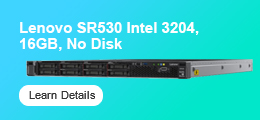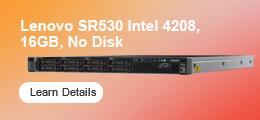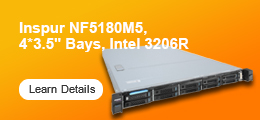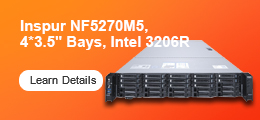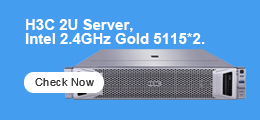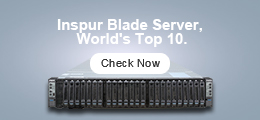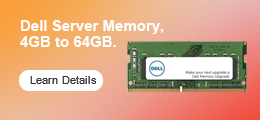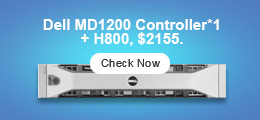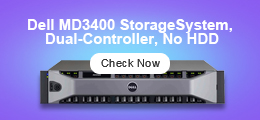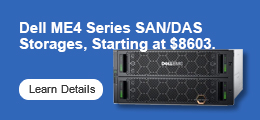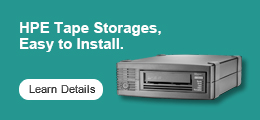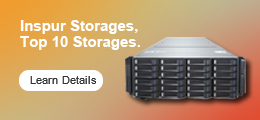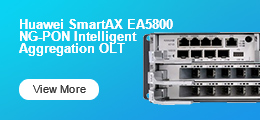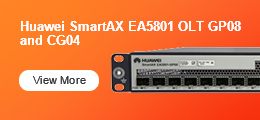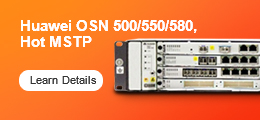Did you just upgrade a Cisco Catalyst 9300/9400 switch to IOS XE 17.9.6 (sometimes searched for as 17.09.06), only to find your IoT devices can't get an IP address or connect to the network? You're not alone, and it's not your configuration—it's a known software bug. This guide will walk you through the exact cause and provide the step-by-step fix to get everything working again.
1. What's Causing the Network Outage? The IOS XE 17.9.6 Bug Explained
Cisco IOS XE Release 17.9.6 (Cupertino-17.9.6) for Catalyst 9000 series switches, including the Cisco Catalyst 9300 and 9400, contains a critical bug that can disrupt network access, particularly for devices using 802.1X (dot1x) authentication and dynamic VLAN assignments. This issue is specifically identified by Cisco bug ID CSCwm57734.
Symptoms of the Bug:
- No IP Address via DHCP: Clients, including IoT devices, fail to obtain an IP address via DHCP, even if 802.1X authentication appears successful.
- Zero Traffic Flow (Even with Static IP): Even when a static IP address is manually configured, devices behind affected ports cannot pass traffic to the network. The
show interfacecommand for these ports may display zero input packets. - Authentication Appears Successful: Output from commands like
show authentication sessionswill indicate that the client is "Authorized" and the correct VLAN is assigned, despite the lack of connectivity. - MAC Address Table Anomaly: The MAC address table (
show mac address-table) might incorrectly display the client's MAC address as STATIC even on a dynamically configured port. - Specific to dot1x: The problem is primarily observed with dot1x (closed authentication) and VLAN override configurations, while MAC authentication devices may continue to function normally.
This bug causes the switch to discard DHCP packets and potentially other traffic for dot1x authenticated clients.
2. How to Fix It? Upgrading to a Safe IOS XE Version
Cisco swiftly identified and withdrew IOS XE 17.9.6 from its download sites due to this and other reported issues. The recommended permanent solution is to upgrade your Cisco Catalyst 9300/9400 switch firmware to a version that contains the fix.
Upgrade to Cisco IOS XE 17.9.6a or Later: Cisco IOS XE 17.9.6a was released on October 4th (following the withdrawal of 17.9.6) and includes the fix for this critical NAC/DHCP bug. Alternatively, upgrading to later stable releases like 17.12.x is also recommended.
General Steps for Upgrading Cisco IOS XE in Install Mode:
Step 1: Prepare for the Upgrade:
- Console Access: Ensure you have direct console access to the switch. This is crucial for troubleshooting if any issues arise during the upgrade. Use an RJ-45 or USB console cable with a terminal emulation program (e.g., PuTTY, TeraTerm) configured to 9600 baud, 8 data bits, 1 stop bit, no parity, and no flow control.
- Backup Configuration: Always back up your current running configuration. You can save it to NVRAM (
copy running-config startup-config) or copy it to a USB flash drive (copy running-config usbflash0:/your_config_filename.cfg). - Download New Image: Obtain the target Cisco IOS XE .bin image file (e.g., cat9k_iosxe.9.6a.SPA.bin or a later stable release) from Cisco.com and place it on a TFTP/SCP server or a USB flash drive.
Step 2: Perform the Upgrade:
- Clean Up Old Files: In privileged EXEC mode, remove inactive installation files to free up space.
Switch# install remove inactive
Confirm with y when prompted. It's best practice to verify you have at least 1.5GB of free space before proceeding.
Switch# show flash
- Copy New Image: Copy the new image file to the switch's flash memory:
Switch# copy tftp:///your_image_filename.bin flash:
(or copy usbflash0:/your_image_filename.bin flash: if using USB).
- Verify Image Integrity: (Optional but highly recommended) Verify the MD5 hash of the copied image against the one provided by Cisco to ensure the file is not corrupted.
Switch# verify /md5 flash:your_image_filename.bin
- Set Boot Variable: Configure the switch to boot from the packages.conf file in flash, ensuring it auto-boots:
Switch(config)# boot system flash:packages.conf
Switch(config)# no boot manual
Switch(config)# end
Switch# write memory
Verify settings with show boot.
- Install and Activate: Execute the install command to add, activate, and commit the new software package. The switch will automatically reload during this process, which can take 15-25 minutes.
Switch# install add file flash:your_image_filename.bin activate commit
Confirm with y when prompted.
Step 3: Verify Post-Upgrade:
- Once the switch reboots, log in and verify the new IOS XE version:
Switch# show version
Confirm that the running version is 17.9.6a or later.
- Verify your network services, particularly DHCP and connectivity for your IoT devices on their respective VLANs.
3. Alternative Fixes: Downgrading and Temporary Workarounds
If you can’t upgrade to 17.9.6a (or later) right away, a practical option is to downgrade the Cisco Catalyst 9300 or 9400 switch to a stable image, such as IOS XE 17.9.5. The process follows the standard install mode steps—just use the older .bin file instead of the new one.
This approach has proven effective in multiple production environments where immediate stability was required.
If a downgrade or upgrade isn’t immediately possible, here are a few temporary workarounds, though they may affect network security and compliance:
- Remove 802.1X port authentication on impacted interfaces. This allows devices to bypass NAC and obtain IP addresses directly.
- Switch to "Open" or "Low Impact" mode if your policy allows. These modes are generally not affected by this DHCP/VLAN issue in 17.9.6.
Note: These measures should only be used in tightly controlled segments or during off-peak hours, and reverted once a stable image is applied.
Best Practice: Thorough Testing Before Deployment
This incident highlights the importance of rigorous testing. Always implement new Cisco IOS XE releases in a pilot environment or on a small subset of non-critical devices before rolling out to your entire network. Even maintenance releases can introduce unexpected bugs that impact critical services like IoT VLAN connectivity.
For robust network solutions and comprehensive technical support, router-switch is your trusted ICT partner.


